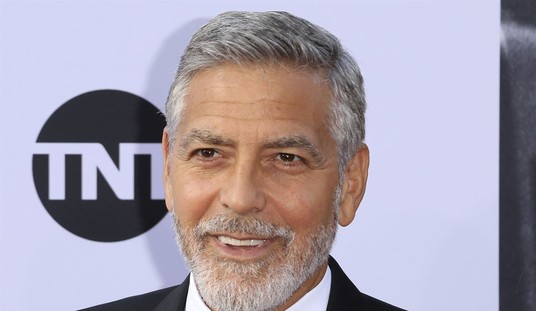Parts of Northern Europe have had a bit better luck than some other sectors across the pond during the economic troubles of the past decade, but they still have had to deal with the legacy of welfare states and costly entitlement programs. Earlier this year, Mary Katharine looked at Sweden’s attempts to deal with rising debt and costly entitlements, while Erika covered some steps being taken in Denmark to deal with their long term financial issues arising from the same core issues. This sense of realism and worry about the future seems to be spreading across the region, and John Fund has a great analysis of current events in Norway, where conservatives seem poised to take control of the government there for the first time in ages.
If polls taken over the last year are accurate, the eight-year-old Labor-party government of Jens Stoltenberg is headed for a landslide defeat.
Normally, you would think it would be a shoo-in for reelection. Labor’s social democrats have long thought of themselves as the natural party of government — Labor has been the leading party in Norway for all but 16 of the last 78 years. While much of Europe is wracked by recession, Norway’s economy grew by 3 percent last year, and the unemployment rate is only 3.5 percent. Norway’s GDP per capita is now over $60,000 a year.
But Norwegians appear likely to elect a conservative coalition government for the first time in over a decade. Polls show the Conservative party leading with 32 percent of the vote, which should give it 58 seats in the 169-seat parliament, a dramatic increase from 2005, when it won only 23 seats. The Labor party has about 30 percent of the vote, and its left-wing allied parties are floundering. The Progress party — a populist party that supports low taxes and stricter limits on immigration, and that worries about Muslim extremism – has about 16 percent of the vote, and it and the Conservatives, together with their smaller allies, look to have a clear majority in the new Parliament. Both the Conservative party and the Progress party are headed by women — former local-government minister Erna Solberg and economist Siv Jensen, respectively — making it very likely that Norway will soon have its second woman prime minister.
We don’t tend to hear much about Norway over here, aside from one tragic shooting by a madman, but that’s likely because things have been going fairly smoothly for them. As Fund notes, the discovery of massive oil deposits off their coast in the sixties led to the formation of a state operated oil company which generates more than a third of the country’s entire revenue. The lion’s share of those profits go straight into Norway’s Government Pension Fund, doled out from there to an extremely generous welfare program. This report provides details of just some of the benefits being funded by the government, including free healthcare, dental care until 19 years of age, and cut rate prescriptions. They also offer essentially unlimited disability payments, pensions for retirees, survivor benefits and more. So in such an apparently successful socialist paradise, why would the voters suddenly turn to the conservatives?
As Fund notes, there is a growing realization and public discussion of the fact that, “the oil won’t last forever.” And with an ever increasing – and aging – army of pensioners to fully support, if either the supply or the profitable demand for oil were to begin to plunge, the system would collapse under its own weight. Rather than waiting for the wolves to actually arrive at the door, it appears that the citizens are actually thinking of planning for the future. Not in any “radical” and massive ways, mind you, but even baby steps can get you started on the road to redemption. If nothing else, this might make the Norwegian elections worth watching this year. Stay tuned.








Join the conversation as a VIP Member